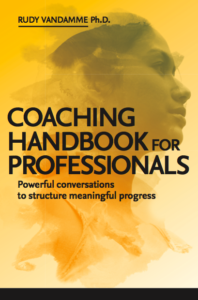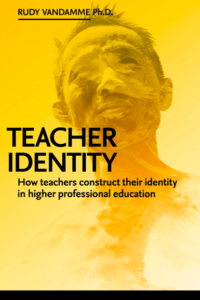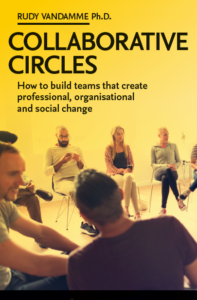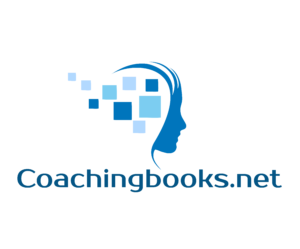
This handbook is aimed at all kind of professionals who like to add coaching to their repertoire. The focus of this approach is combining successful progress with personal development and a meaningful participation in the well-being of the whole to which the client belongs.
With this handbook you learn to master the two core competencies of this approach: structuring progress, using a multi-track model. Watch the clip of the Fork model on our youtube channel. The second core competency: create an inspiring dialogue with clients. Both competencies are extensively elaborated: a number of examples, powerful questions, and specific phrases you can add in conversations with your client, student, or employee.
For over ten years this handbook has been used as the consolidated textbook for different coaching training programs in the Netherlands and Belgium. The ambition is to advocate an approach that invites professionals to work in a more holistic and inclusive way.
Save
Save
Blessed by the wild, co-authored with Ann Sterckx
It is far from easy to live your daily life with all of its routines. But what if a wild animal crosses your path?
Blessed by the Wild is a real-life account of two city-based psychologists who set off for a hike in the wilds of Canada. By distancing themselves from urban stress and digital addiction their hearts and senses opened up again. Unwittingly, encounters with people, landscapes and animals forced them to consider the most unsettling question of our era: What life is worth living?
In the midst of the wild, they walk the answer. Nature is our teacher if we open up our hearts and minds. The authors use a hybrid, thought-provoking style of writing that is all their own. They show their vulnerability and take the reader along to their interior world. This allows them to express hidden feelings and thoughts most people harbour about their own lives. They hold up a mirror and invite you to jump through it with them, to enter a landscape of new possibilities.
‘Intertwined with a love story, this travelogue is replete with amazing encounters and new perspectives.’



Teacher Identity
Being a teacher is different from teaching. Being a teacher is about your identity: who are you? What is your profile as a teacher? How do you construct your teacher identity? At certain moments everything is going well, but at another moment, you struggle with constraints and influences. Is it still worthwhile to stay in this job? How can I be myself in this job?
This book is an easy to read research process of a teacher who questions his teaching job. Instead of complaining, he takes up the challenge and goes for a Ph.D. research. The question is clear: how to deal with constraints and growing demands? How to be resilience and be happy as a teacher?
Fourteen teachers were selected and subjected to an online inventory and in depth interviews. The Dialogical Self Theory of Hubert Hermans was chosen to map identity construction. A pattern language, an idea linked to Christopher Alexander, helps describe the building blocks teachers use to construct their unique profile.
Out of this sample, the primary success factor to be resilient as a teacher is to become fluent in negotiating with oneself. By doing so, the teacher creates a space of resilience. Teachers exhibit personal locus of control in different ways. In comparison with three juniors, senior teachers show a higher degree in managing coherence in their teacher identity. This book describes 12 themes and 43 patterns.
This book assists you in different ways:
- Reflect on how you construct your teacher identity.
- Learn to translate a personal teacher challenge into a research question.
- For researchers: the application of the dialogical self theory.
- For coaches and trainers: a perspective and method to guide teachers.
Collaborative circles
A growing number of cooperative people devote their work and life making the world a better place. But in spite of good intentions, many collaborative initiatives fail to achieve the desired change. Successful collaboration with the ambition to turn around a discipline, organizational culture, or social system requires design principles based on a 21st century systemic and multi-layered world view.
Collaborative circles describes how you can design and facilitate long-term collaboration that is effective in its ambition. Design principles are translated into an agile ritual for collaboration and circle gatherings. Social entrepreneurs, change agents, team coaches, and community workers can use these principles to establish an empowering long-term collaboration with an effective impact. Watch the clip on your youtube channel.


